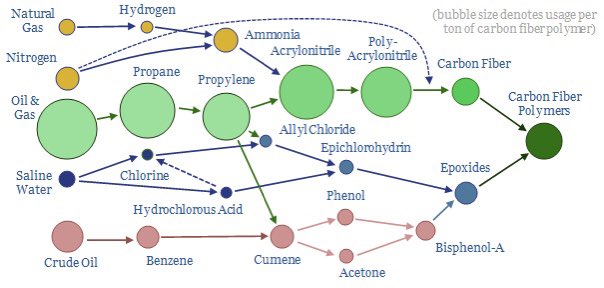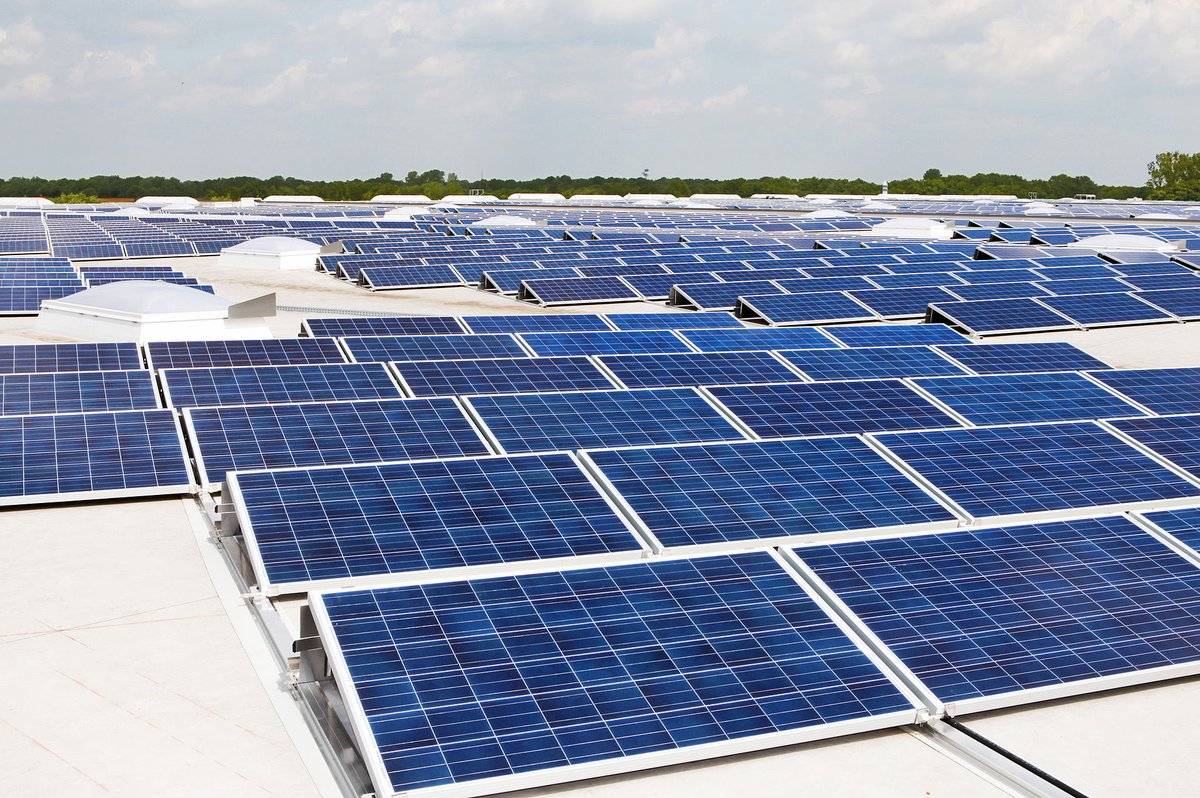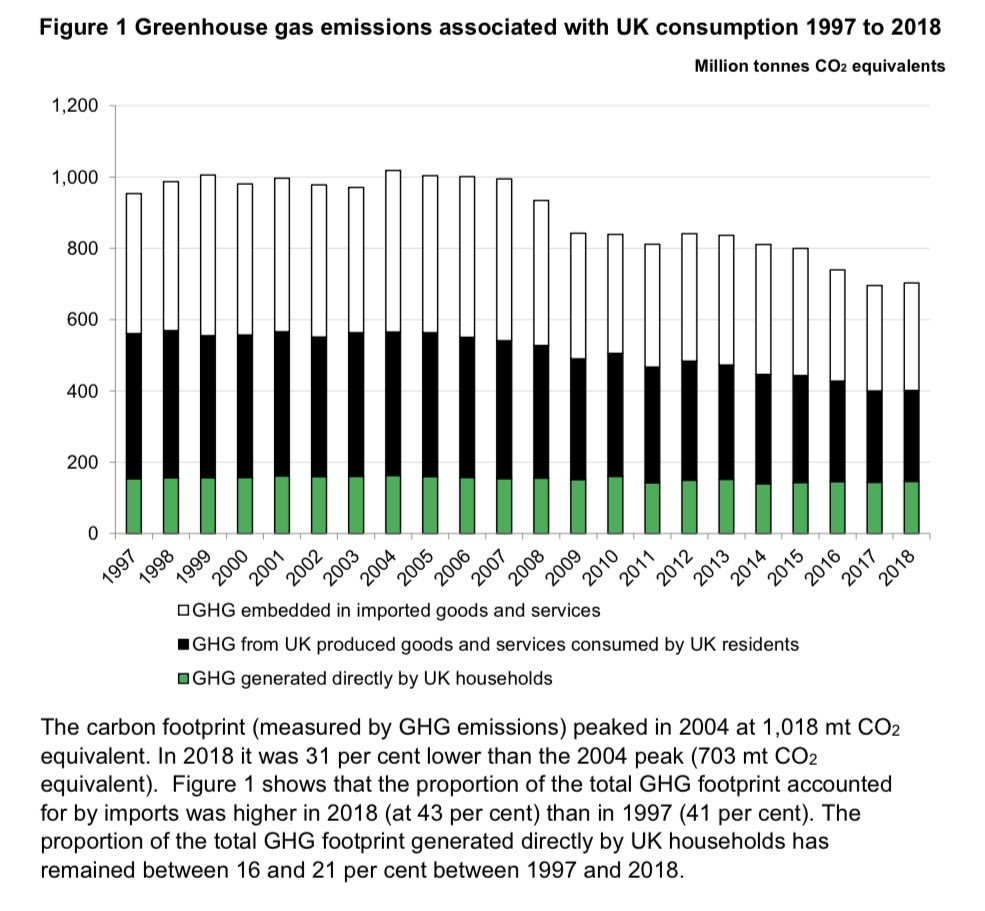
It is the great paradox of addressing climate change: in order to go green we may have to do MORE dirty things: burning fossil fuels, digging stuff out of the ground.
The thing we want to escape is the very thing we need to help us escape.
We are not talking enough about this! 🧵
The thing we want to escape is the very thing we need to help us escape.
We are not talking enough about this! 🧵
Let’s start by pondering a couple of recent contentious decisions: the first was the decision to shelve the Cambo oilfield in the Shetlands. Shell recently pulled out. The project may not go ahead reuters.com/business/energ…
There are engineering reasons why Cambo might not have made sense: it’s quite distant/deep and the crude is quite “heavy” meaning you need to heat it, and hence expend a lot of energy/carbon to get it to shore. But there was also much political opposition huffingtonpost.co.uk/entry/everythi…
Or consider the proposed coal mine in Cumbria. First new coal mine in decades. They’re planning to make coking coal - eg coal for metallurgical reactions rather than being burnt for energy. This is still being considered by planning authorities. westcumbriamining.com
Why on EARTH is anyone even contemplating stuff like this ☝️ in this country? The “establishment”, Whitehall, environmentalists are of one voice: there’s no place for new fossil fuel projects. Consider this i/v with the PM - both the questions and answers
https://twitter.com/bbcjustinr/status/1455080248975007746?s=21
Or consider this report from the @IEA a few months ago: no new fossil fuel projects needed to get to net zero. Couldn’t be much clearer, could it? iea.org/reports/net-ze… 

Surely, you may ask, as many smart MPs do, if we’re committed to green energy shouldn’t we be spending our money not on new fossil fuel but on, say, new state-of-the-art wind turbines or solar panels so we have a renewable electricity grid? V good question
https://twitter.com/ab4scambs/status/1479448614854438916?s=21
Well… let’s think abt what you need to build those wind turbines. If you want the very longest blades capable of capturing the very most energy, the ones they’re building in the North Sea, you need a lot of complex materials, chief among them carbon fibre guinnessworldrecords.com/world-records/…
How do you make carbon fibre? The clue is in the name: its main feedstocks are oil and gas, which then run through an incredibly complex supply chain, illustrated here in this flow chart from @energy_said (a must follow if you’re interested in the reality of getting to net zero) 

That’s right: wind turbines are made, in part, from oil and gas. Now of course over their life cycle they produce enough green power to offset that initial toll. But for the time being we have no way of mass producing the most efficient turbines without using fossil fuels.
How about solar panels? Good news is they're not made *from* fossil fuels.
The main ingredient is quartzite - lumps of silica (silicon dioxide). Here there’s another incredibly complex supply chain but let’s focus on the v first part: turning silica into metallic silicon…
The main ingredient is quartzite - lumps of silica (silicon dioxide). Here there’s another incredibly complex supply chain but let’s focus on the v first part: turning silica into metallic silicon…

To turn silica into silicon metal u heat it in an electric arc furnace at c.2k degrees alongside a magic ingredient that removes oxygen from the silicon.
That magic ingredient?
Coking coal
Here are lumps of quartzite & coal going into the furnace. From: researchgate.net/publication/33…
That magic ingredient?
Coking coal
Here are lumps of quartzite & coal going into the furnace. From: researchgate.net/publication/33…

NB semiconductors begin their life in precisely the same way: as silica which is reacted with coal to become silicon metal (before a series of ever more energy intensive steps). In other words, the brains of computers begin their lives in places like this.
This is rarely reported
This is rarely reported
Sidenote: coking coal was actually the fastest growing commodity price in 2021. There have been serious shortages in China, which could further stifle supplies of solar panels and silicon chips this and next year
https://twitter.com/adam_tooze/status/1478728003236421633
At some point we may work out a way of making carbon fibre without oil/gas or silicon metal w/o coal.
But we’re nowhere near that yet. For the time being, fossil fuels are a key part of the process of “going green.”
So that decision about banning mines/oil rigs here is not simple
But we’re nowhere near that yet. For the time being, fossil fuels are a key part of the process of “going green.”
So that decision about banning mines/oil rigs here is not simple
The upshot is these things - wind turbines, solar panels or the thousands of other green products which rely on such processes - will be made elsewhere.
Most likely in China.
That’s the case now: most solar silicon, aluminium etc is made in China.
Prices have fallen enormously!
Most likely in China.
That’s the case now: most solar silicon, aluminium etc is made in China.
Prices have fallen enormously!

Why? Partly technological breakthroughs & manufacturing improvements. Great news!
But partly cos of two less encouraging features:
1 cheap (poss forced) labour in Xinjiang
2 cheap energy which up until recently has mostly come from coal (the electrical, not metallurgical variety)
But partly cos of two less encouraging features:
1 cheap (poss forced) labour in Xinjiang
2 cheap energy which up until recently has mostly come from coal (the electrical, not metallurgical variety)

Why don’t you hear that much about any of this ☝️? In large part because we’ve outsourced most of the production elsewhere. The upshot is that our domestically-generated emission profile looks AMAZING.
https://twitter.com/azeem/status/1479534499398619137?s=21
Some of the emissions reductions are due to clean energy & more efficiency.
But some is down to something else: countries like the UK (or US or EU) offshoring our dirty industrial base to other countries like China, & importing stuff (carbon-heavy stuff) instead.
But some is down to something else: countries like the UK (or US or EU) offshoring our dirty industrial base to other countries like China, & importing stuff (carbon-heavy stuff) instead.
Look at our carbon FOOTPRINT - eg ALL the carbon we’re responsible for inc stuff embedded in what we import - it ROSE in latest year even as the domestic emissions fell. (NB footprint is falling in long term, but not as fast as domestic emissions). assets.publishing.service.gov.uk/government/upl… 

Bringing us to the most perverse aspect of climate policy: UN targets are wholly based on domestic emissions.
Eliminate industrial capacity, ship in everything from China & we hit net zero sooner.
The cognoscenti can castigate China for their emissions. Which we’re incentivising!
Eliminate industrial capacity, ship in everything from China & we hit net zero sooner.
The cognoscenti can castigate China for their emissions. Which we’re incentivising!
Some environmentalists will claim the only plausible solution is to eliminate all carbon consumption.
OK.
I wonder whether those campaigners realise our dependence on fossil fuels even for green tech, but even so, there’s a thin chance we could achieve “degrowth” in this country.
OK.
I wonder whether those campaigners realise our dependence on fossil fuels even for green tech, but even so, there’s a thin chance we could achieve “degrowth” in this country.
For me the biggest problem with degrowth is not merely what it implies for rich, established economies but what it means for everyone else. Here’s the best way I’ve found of explaining it. Through the medium of steel 🏗
More detail on this here: sciencedirect.com/science/articl…
More detail on this here: sciencedirect.com/science/articl…

I don’t want to leave you with the impression that net zero is impossible.
It’s not.
But it’s MUCH more complicated than the conventional wisdom would have you believe. Pretending we can get there without fossil fuels is deluded.
It’s not.
But it’s MUCH more complicated than the conventional wisdom would have you believe. Pretending we can get there without fossil fuels is deluded.
There are two elements to that btw: 1 fossil fuels we embed in our products - eg wind turbines/solar
2 fossil fuel energy
If we try to build net zero while forswearing them it wld make net zero nigh-impossible as an engineering feat and totally impossible politically.
2 fossil fuel energy
If we try to build net zero while forswearing them it wld make net zero nigh-impossible as an engineering feat and totally impossible politically.
That the world is going thru an energy crisis now is a potent reminder of our reliance on fossil fuels. Turns out we need gas for a long time to deal with the intermittency of a renewable grid.
But even this revelation - now more widely accepted - is only the tip of the iceberg.
But even this revelation - now more widely accepted - is only the tip of the iceberg.
More in this piece in the Sun Times today. I’ll be covering these issues in more depth in text & on TV in coming months.
Climate change is one of the biggest issues facing humankind.
It does us no favours to approach it with delusion or wishful thinking… thetimes.co.uk/article/to-be-…
Climate change is one of the biggest issues facing humankind.
It does us no favours to approach it with delusion or wishful thinking… thetimes.co.uk/article/to-be-…
Finally, much of the above is based on research for a book I’m writing - on what I call the “Material World” - the marvellous, mysterious cosmos of products without which civilisation as we know it would disintegrate. Still writing, but please do watch out for it next year! ✍️
• • •
Missing some Tweet in this thread? You can try to
force a refresh









